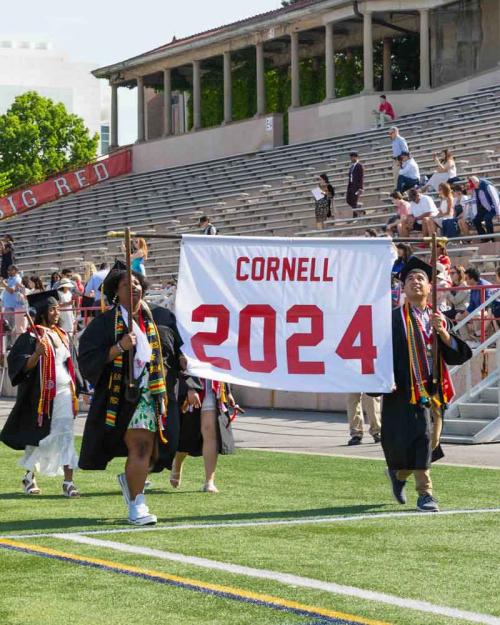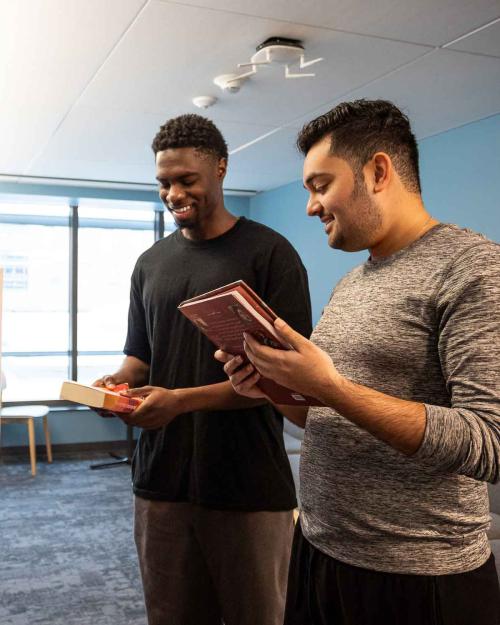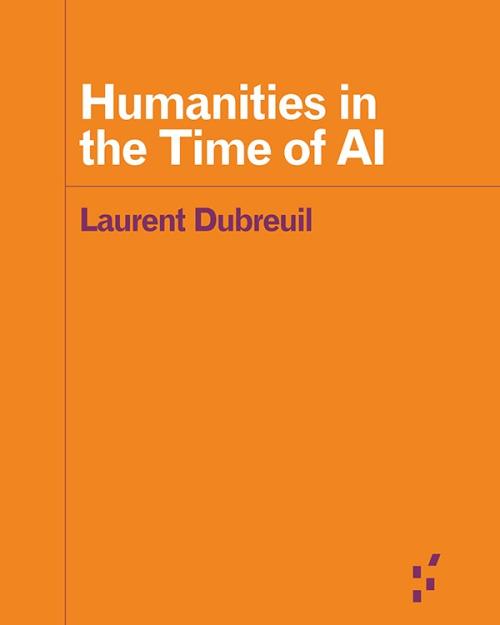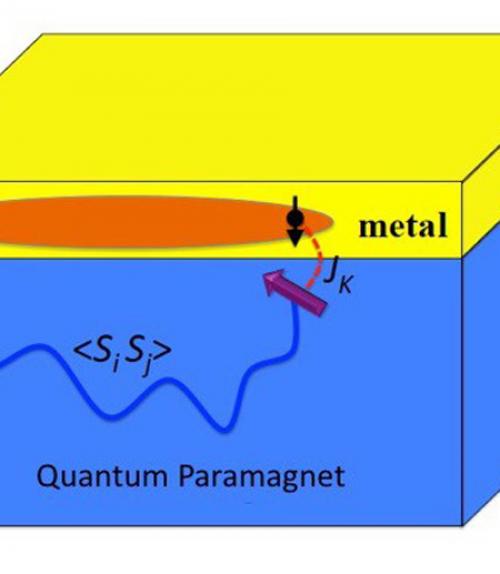The Keck Foundation announced in early July that it had awarded $1 million to a Cornell cross-campus collaboration of professors in engineering and physics aimed at turning theory into reality – namely, creating a specific topological superconducting material that could help pave the way to quantum computing.
The idea that sparked the group’s winning proposal came out of the group led by Eun-Ah Kim, associate professor of physics, and is now the first published research from a member of that five-member group.
Postdoctoral researcher Jianhuang She is lead author of “Topological Superconductivity in Metal/Quantum-Spin-Ice Heterostructures,” which was published Nov. 20 in npj Quantum Materials, a publication of Nature.
Other contributors included Craig Fennie, associate professor in applied and engineering physics, former postdoc Choong Kim of the Fennie Group, and Michael Lawler, adjunct associate professor of physics and associate professor at Binghamton University.
Kim and Fennie are part of the collaboration that won the Keck Foundation grant, as are engineering professor Darrell Schlom, who heads the group, and physics professors J.C. Seamus Davis and Kyle Shen.
Quantum spin ices are magnetic materials in which fluctuations in their basic energy states prevent long-range magnetic ordering. Such “frustration,” as this state of flux is known, has long been thought to be good for superconducting, but the ability to control these fluctuations has been the challenge.
“To be predictive about superconductivity has always been hard; it’s an interaction-driven phenomenon,” Kim said.
What’s needed in a superconductor is a mobile charge carrier to deliver the current and a facilitating interaction that cause “Cooper” pairing of electrons, that normally repel each other. The group’s novel approach: Bring the carriers and the pairing interaction from separate materials to control them individually instead of “letting it all happen in a soup of a bulk material,” Kim said.
To materialize this particular superconducting phase, the group proposes a film of a metal compound (Y2Sn2-xSbxO7) to be grown on the surface of a quantum spin ice material (Pr2Zr2O7). These are both well-understood compounds; each contributes one of the two essential ingredients for superconducting.
“We wanted to exercise and test our control by being predictive in terms of what kind of superconductor we were going to get,” Kim said.
Due to the understood nature of the constituent materials, the group predicted that the heterostructure would have the ability to facilitate the topological pairing of electrons whose spins point in the same direction. It also predicted odd-parity superconducting at around 1 degree Kelvin, comparable to strontium ruthenate (1.5K), the only other current solid-state candidate for topological superconducting.
Future work will examine other substrate-metal combinations, Kim said, although she notes in the paper that likely the biggest challenge will be in controlling disorder, which is unavoidable with chemical doping (modulation) of the metallic layer.
In addition to the Keck Foundation, support for this research came from the U.S. Department of Energy, Office of Basic Energy Sciences; and the National Science Foundation.
This story also appeared in the Cornell Chronicle.




